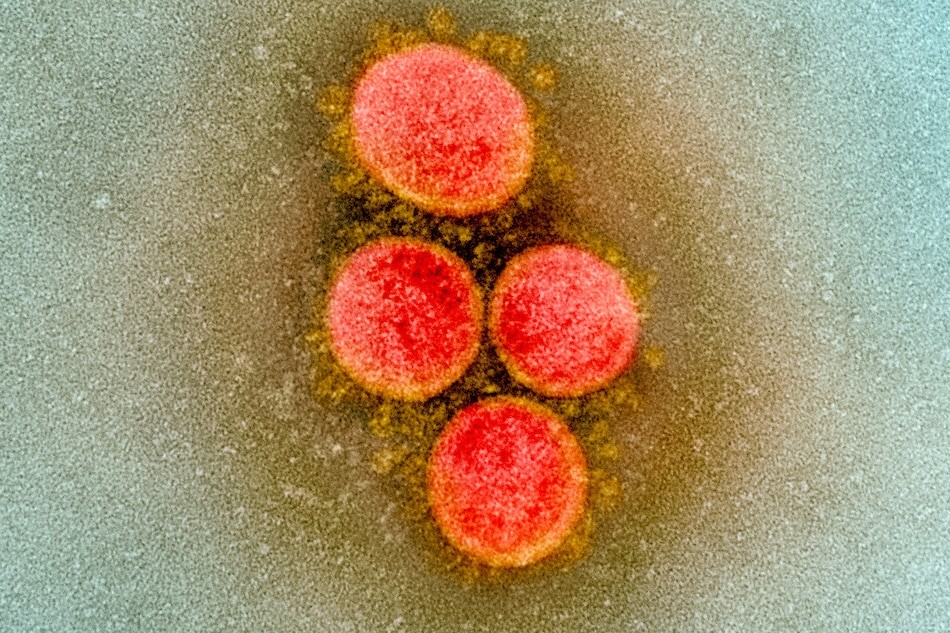
MANILA - The Philippines has detected 18 more patients with the more contagious COVID-19 variant first found in the United Kingdom, and an additional 3 cases of coronavirus mutation, the Department of Health said Sunday.
The 18 new B.1.1.7 variant cases brings the county's total to 62. Of the new cases, 13 were returning Filipino migrant workers who entered the country between Jan. 3 to 27, the DOH said in a statement.
Three other cases are from the Cordillera Administrative Region, 2 of which are both 12-year-old males connected to the original cluster from Samoki, Bontoc, Mountain Province, according to the agency.
The third case is a 41 year-old female connected to the first La Trinidad cluster. All 3 cases are now tagged as recovered and all close contacts have completed quarantine, the DOH added.
Two other patients are being verified if they are local cases or returning Filipino migrant workers, the health department said.
The total number of patients found to have both N501Y and E484K coronavirus mutations has climbed to 34 following 3 additional cases, said the DOH.
The 2 mutations have "potential clinical significance" of COVID-19 in Central Visayas, the DOH earlier said.
The E484K mutation is present in the South African variant of SARS-CoV-2. The N501Y mutation is also found in the UK coronavirus variant, which has been associated by experts with higher transmissibility.
The DOH urged local governments with cases of coronavirus variants and mutations with potential clinical significance to closely monitor the situation and implement anti-virus measures such as localized lockdowns, active case finding, immediate contact tracing, and isolation/quarantine.
"The goal is to bring down transmission rates to levels where biosurveillance can no longer detect mutations of interest," it said.
The Philippines as of Saturday reported 559,288 COVID-19 cases, of which 34,100 are active infections.
The country has yet to officially start vaccination of its population even as its Asian neighbors have already rolled out their respective inoculation programs.